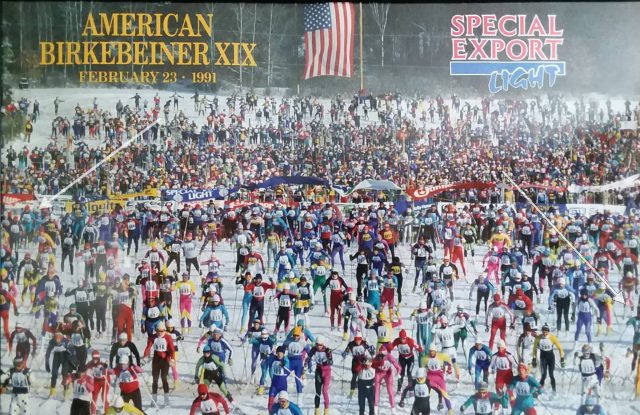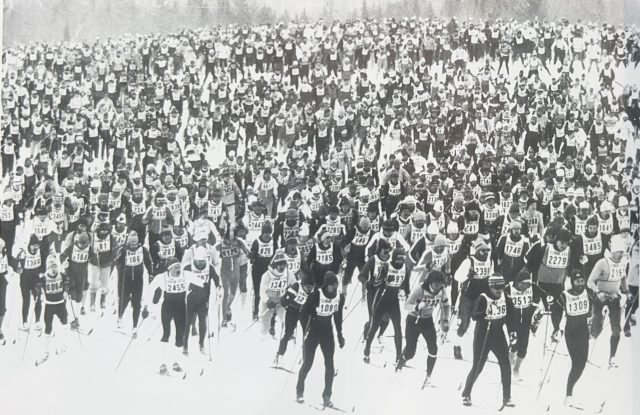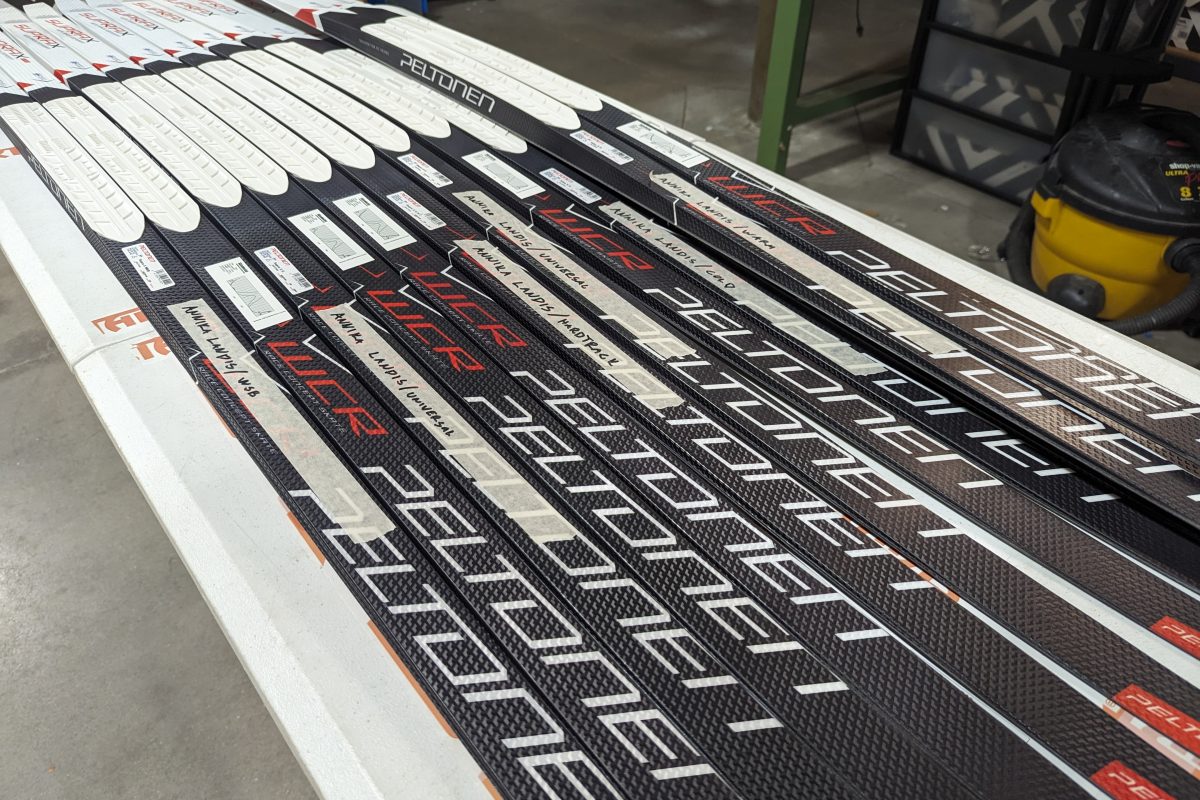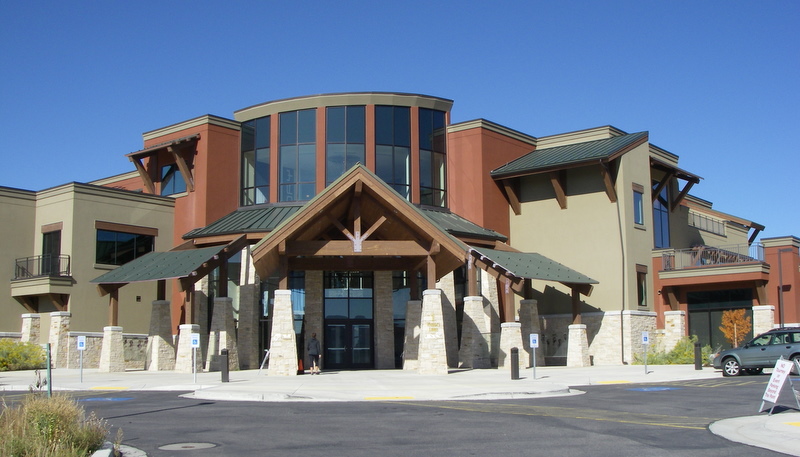
By Charlie Cobb
Months ago, I drove seven hours to Boston’s Logan Airport, boarded a plane to Minneapolis, drove 3.5 hours to Wisconsin to ski 1 hour and 19 minutes: my first American Birkebeiner. I have done a lot of ski races in my life, but the Birkie was truly unique. Like many in the American nordic ski community, I was still riding the high of seeing (through my laptop screen) both a male and a female distance podium on the same day on home snow. It felt like a true watershed moment: after so many years of striving, the US has now become one of the top nations in nordic skiing. The fact that many of these same American World Cup skiers would be sticking around to race the Birkie—on the same course that I and thousands of other citizen racers would be racing—only added to my excitement and further underscored the strength and connectedness of the American nordic ski community. Though I wasn’t at the Minneapolis World Cup, I was excited to see some World Cup skiers race the Birkie.

The 2024 Birkie was also unique because of the weather. What was typically a 55km point to point race winding through the woods had been reduced to a 10km ribbon of man-made snow winding over barren brown grass during one of the warmest, driest winters the midwest has ever seen. Despite this, people turned out in droves. I don’t know the final count of the race, but I estimate that there were over 5000 people who raced over the course of five days, and probably at least 1000 on Saturday alone.
My race was anything but normal. I was racing on borrowed skis, got to the start a little on the later side, basically had no warm-up, and started well towards the back of the start queue. I spent the first six kilometers of the race working through a crowd to make my way up to the front of the field. Eventually, I got to the front, and realized that I felt good enough to break away and see if I couldn’t bridge up to the next skier in front of me. As it turned out, I couldn’t, but I felt good enough to hold off the pack behind me, and really had so much fun skiing on fast snow on a beautiful day. As a true New Englander, I’ve skied a lot of manmade snow loops in my life, but to have 10km laid out in a flowy rolling loop was pretty spectacular. It really made for great racing; however, the biggest highlight for me was the whole spectacle of the event. Spectators turned out for my race despite the 7am, 11 degree F start. By the time the elite wave started, there must have been over 1000 spectators. Many stuck around to watch hundreds more skiers take to the course for waves 3-10 later that afternoon. The whole thing felt a little like a giant nordic ski party, complete with beer, brats, lycra, and a sauna. It was awesome.

The Monday after the race I flew out of Minneapolis where the high temperature for the day had risen to 65 F. As I walked around the city before my flight, I couldn’t help but wonder about the future. Are 60-degree days in February and manmade ribbons of snow over bare ground the future of the sport? If the Birkie is 50 now, will it make it to 100? What will the Birkie look like for the kids who watched the Minneapolis World Cup last weekend?
In the past, I’ve felt guilty that one of the major reasons I care about climate change is to save my favorite sport. When so many have, and will continue to lose homes and loved ones to the climate crisis, my potential loss of cross country skiing seems so trivial; however, I now see that for myself and all those who have participated in the Birkie, or watched the Minneapolis World Cup, or been to the New England Bill Koch Festival, skiing is so much more than a sport. It’s an expression of true joy. It’s something we do with our friends and family. It’s part of our culture and identity. It’s something we look forward to every year because nothing quite compares to the feeling of skate skiing on a fast, icy day, or classic striding in firm tracks with extra blue kick wax. It’s the best feeling in the world; is that not worth preserving? Is preserving the things that make us happy, the things that make life worth living, not as important as preserving the basic necessities?
In many ways, I feel like the climate crisis is a lot like a ski marathon. A marathon where you fall and break a pole at the start, or miss the start completely, or come into it with a cold. Your best possible result is out of reach from the moment you really get going, but the race is long; if you don’t give up—if you put your best foot forward—then you might just achieve a decent result. But you’d better get going . . .

Getting Involved?
Well, the first place to start would be to join a group that concerns itself with the issues and discussions of climate change. As with ski training, you can only go so far alone, and climate groups need your support and membership. From Protect Our Winters. to Sunrise Movement, to Third Act, to Sierra Club, there are a plethora of groups out there; it’s pretty easy to make a donation and at least get on their email list.
Another important action would be to vote. It’s a big election year, and if we want a chance at preserving this sport for the next generation, we need to elect people who advocate strong and proactive climate policies.
After having taken these steps, it can be a little harder to know what to do. It’s easy for me to say “go join a climate group,” but maybe there’s not one in your area, or you’re really busy, or you’re antisocial and not comfortable with it. And that’s okay! Much like ski training, there’s no one single way to fight climate change. Whatever you choose to do, you have to make sure that you enjoy the process enough for your effort to be sustainable. We all have unique skills and resources that we could put to use to help fight climate change. Maybe you’re a really good writer: you could write op-eds in support of climate policies. Or, maybe you’re a mediocre writer like me: you could still write about climate change. Maybe you’re a professional athlete: you have a big following that you could encourage to vote for climate friendly candidates. Maybe you’re a race organizer: you could organize a race as a fundraiser for a local environmental group. The possibilities are endless, and it doesn’t matter what kind of action you take just as long as you do it and do it fast!
As with predicting one’s race results next year, it’s difficult to predict how the climate fight will play out. We have warmed the planet 1.17 degrees C on average (though the average for the past 12 months was an anomalously warm 1.58 degrees C), and already we are seeing drastically warmer, rainier winters. I don’t think there have been many (or any) studies done to pinpoint the temperature threshold at which cross country skiing will no longer be viable as an outdoor sport, and honestly, would it really be helpful to know? It’s pretty clear that warmer = worse for winter, so really we should just try to reduce emissions as fast as possible and limit warming as much as we can. It’s a monumental task. At times, fighting climate change can feel futile and hopeless. But if I’ve learned anything from racing, it’s that no matter the odds or the circumstances, all you can ever do is put your head down and try your best. And if I’ve learned one thing from a lifetime of skiing, it’s that this sport is so worth saving.



